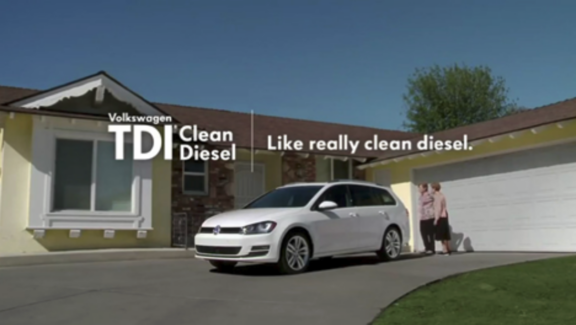How to recognize greenwashing and learn to avoid it

Share:
Origin and consequences of greenwashing
In the 1980s, oil industry giant Chevron launched a series of ads promoting its commitment to the environment. The campaign called People Do featured Chevron employees doing things to protect animals like bears, foxes and birds. The campaign aimed to emphasize that every individual can make a difference when it comes to protecting the environment.
However, during the time when this celebrated campaign was being aired, Chevron was actively violating laws governing air and water quality and spilling oil into wilderness areas that hosted sensitive plant and animal species.
This was one of the first examples of what is now called greenwashing, a practice involving making false or misleading statements with regard to the environmental effects of a company’s activities, products or services in order to conceal harmful environmental activities.
The trend of referring to environmental concerns to address consumers has intensified in recent years due to the public’s greater awareness of contemporary environmental, climate and social issues.
Since consumers are more aware of problems caused by climate change and social issues, companies have quickly realized that messages relating to these themes could give them a competitive advantage in their incessant drive for profit.
This is how businesses end up making statements that are vague or misleading or which simply do not represent reality, sometimes without even realizing they are doing so. In this way, protecting the planet and supporting social movements ends up being reduced to slogans or merely enticing trends around which brands can position themselves.
But these practices are not without harm. Promoting certain messages can have much more serious consequences than you might think. First, greenwashing can mislead consumers into believing they are making eco-friendly choices when that is not necessarily the case. It also creates unfair competition, harming other businesses that are more honestly committed to sustainable operations. Finally, it slows down our transition to a more environmentally respectful economy by attracting attention away from the actual issues, like a kind of smoke screen.
Defining greenwashing
While the features of greenwashing can vary, the practice can be defined by identifying six main features.
Excessive promises or diversion tactics
The company exaggerates the eco-friendly features of its product or highlights a single positive aspect, without taking into consideration its other environmental effects.
One of the more famous examples of this is fossil fuel giant BP and its early 2000s campaign, which included a new green and yellow logo in the form of a sun with the slogan “Beyond Petroleum.” Using ads and massive public relations campaigns, BP presented itself as a new energy company that was more respectful of the environment—quite an exorbitant statement, considering 20 years later most of its annual spending is on oil and gas.[1]
Absence of proof or detailed information
The company makes environmental statements without providing supporting proof or further details.
Such is the case, for example, with H&M, which launched its Conscious Collection in 2020. The fast fashion giant highlighted a collection of clothing produced using eco-friendly materials such as recycled nylon or organic cotton to extol its environmentally friendly products. Yet not only does this collection represent a tiny fraction of its entire product line, which is not mainly comprised of eco-friendly material, but the company did not mention the types of recycled materials, the percentage of eco-friendly material used in each item of clothing or even the carbon footprint or composition of its products.

Lack of process
A company announces an environmental goal for the far future without specifying the intermediate steps it plans to implement in order to achieve it.
The number of companies announcing zero-emissions targets has multiplied. But a zero-emissions objective for a date far off in the future, such as 2050, may make no sense if no intermediate milestones have been established for the short term, such as in 2025, 2030 or 2035. Intermediate goals must be established in a sufficiently clear and ambitious way for the commitment to be realistic.
Imprecise language or misleading visuals
The company uses vague terms or misleading visuals to give the impression of sustainability to consumers.
Think about all the brands that use natural features such as trees or the colour green in their logos and campaigns. Or even products that highlight words such as “eco-friendly,” “concerned about the environment” and “good for the planet.”


Fake exclusivity
A company highlights an environmentally friendly feature that is not unique to its product or which is enforced by regulations.
Such is the case with McDonald’s, which put together a 2021 communication campaign in France publicizing its removal of plastic toys from kids’ menus when in fact this was a regulatory requirement that came into effect as of January 2022.



